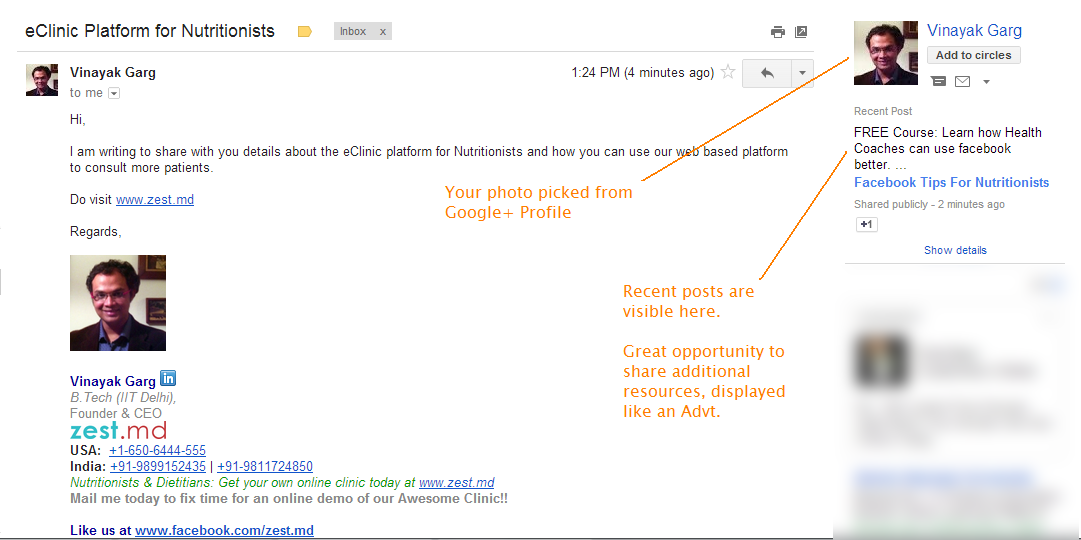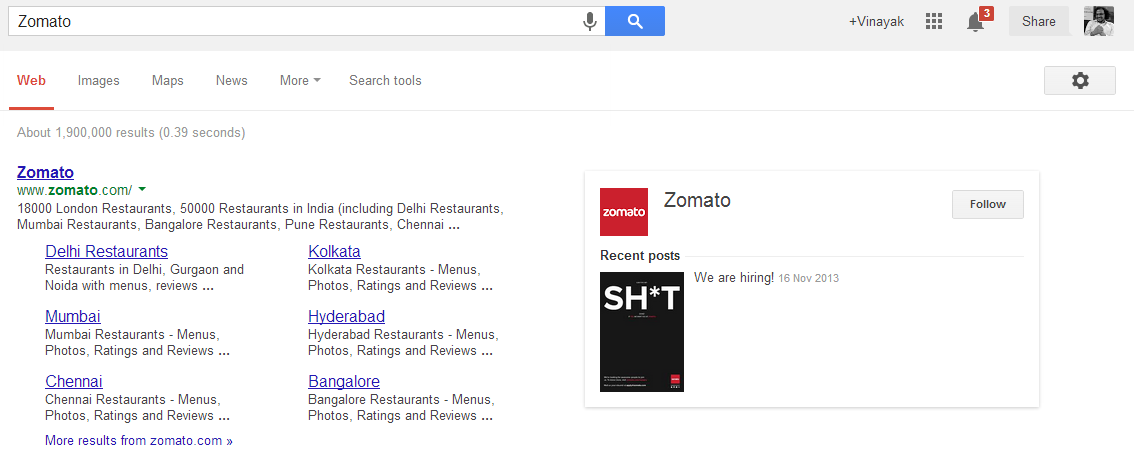While a competitive analysis should be a core part of a business plan for any organization — big or small — it holds a particular significance to startups and small businesses. By obtaining this type of insight into the specific channels of opportunity in your market, you can ensure that you’re focusing your efforts in the most effective way when budgets are small and resources are limited.
If you haven’t performed a competitive analysis for your business yet, you’re likely missing out on a high potential marketing opportunity. Simple as that.
A competitive analysis should cover seven key topics – and possibly more, depending on your specific goals and market:
- Your company’s competitors
- Competitor product summaries
- Competitor strategies and objectives
- Competitor strengths and weaknesses
- Market outlook
- A SWOT analysis
- Future strategy recommendations
Let’s take a close look at these one-by-one.
1. Competitor List
The analysis begins with a list of your company’s competitors, and a quick overview. Pick 4 or 5 that are either comparable to you in stature or are leading brands in the industry.
Consider, also, that there should be an eclectic nature of this list. – These may be competitors from a revenue, brand popularity or online visibility position. Plus, there will, undoubtedly, be additions to this list as your research begins.
2. Competitor Product Summary
Assess your own and your competitor’s products and services in terms of features, value and targets. Customer feedback will be key and can be obtained through surveys, reviews and online research. Get on the phone and talk to your current customers or come up with a set list of questions to send out via email.
Be a prospective customer of your competitors and find out more about their sales process, their funnel and have a clear picture of their products and features.
Finally, find out how your competitor’s manufacturer distribute and market their products. This should give you a basic understanding of what they do differently in comparison to you and each other.
3. Competitor Strategies and Objectives
Observe how your competitors market themselves, and take a look at their public reports to see if you can garner insights into what their current goals and strategies are.
Sales personnel can help you get this sort of information, which is why playing the role as a prospective customer can be key. Former employees and customers may also be able to help.
4. Competitor Strengths and Weaknesses
Here’s where we can really find the opportunity. What’s working well for your competitors? What isn’t? Why not? Where is there room for improvement, and what are the market needs that are not currently being met?
Take a look at this from several angles – the product, the sales process, customer service and, most importantly, their marketing. Analyze their website, social channels and where they’re spending their marketing dollars. Use readily available tools to perform a thorough SEO, SEM and paid advertising analysis.
If one form of marketing simply isn’t working for your competitors, it’s likely that it probably won’t work for you either. Finding that out sooner rather than later will save you time and money. At the same time, with so many marketing channels available these days, there’s sure to be an opportunity that your competitors are all missing out on that could be a perfect location for you to gain traction.
5. Market Outlook
Take a bit of time to also weigh up the overall outlook of your market. All of your competitor research could be for nothing if your particular niche is about to tank, perhaps for socio-economic reasons outside of your control.
How does the market overall look? Is it growing? Is it struggling? How does the economy and consumer behavior look like it will impact the market in the future?
Discover key demographics in your space, and which marketing opportunities best allow you to reach this market. Is there a section of your target audience that offers high potential ROI, or is it a packed market that you’ll always be facing tough competition in?
6. SWOT Analysis
Using all the information you’ve gathered in the steps above, you’re now in a great position to perform your SWOT analysis. This is a structured planning method used to evaluate the Strengths, Weaknesses, Opportunities, and Threats for your business.
Where can you win, and where can’t you win? Which efforts should you capitalize on, and which should you sideline? What are potential future risks?
7. Future Strategy Recommendations
You might be an employee providing these recommendations to a manager or a consultant offering these to a client. Either way, this is where you take your research and turn it into a set of recommendations. These recommendations should then be used to create a formal strategy.
Writing a competitive analysis is both challenging and time-consuming, no doubt about it. But it’s incredibly valuable. You’ll learn a lot about your industry and your company, as well as your competitors, and such a report will become vital for your company in future strategy and planning.







